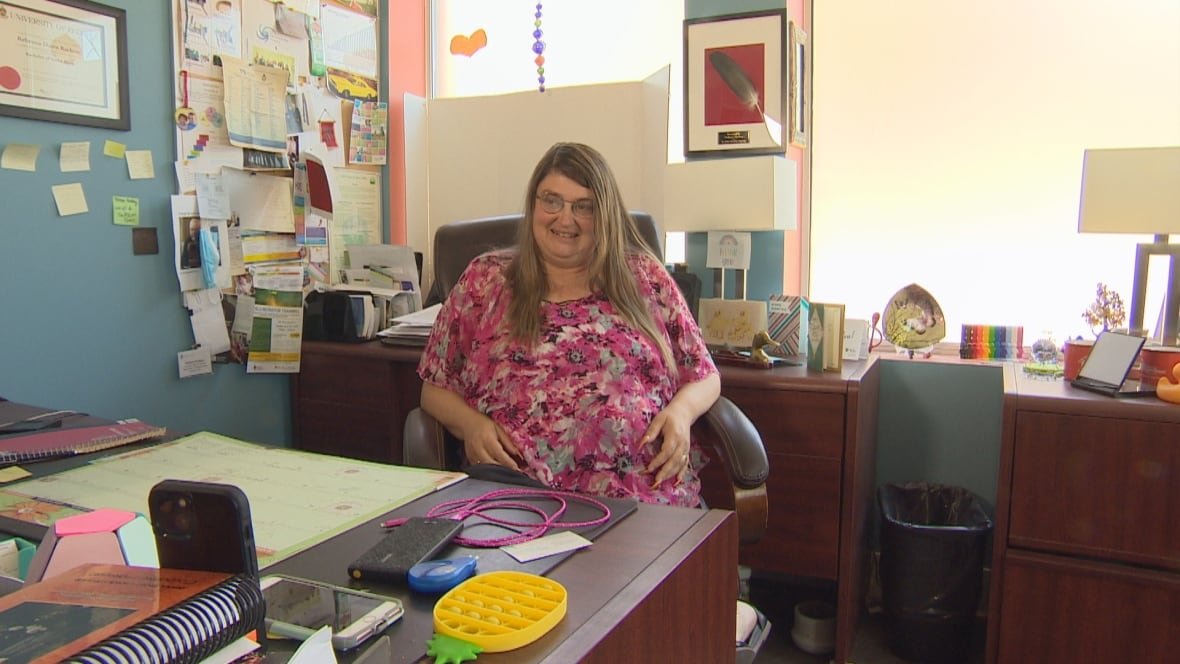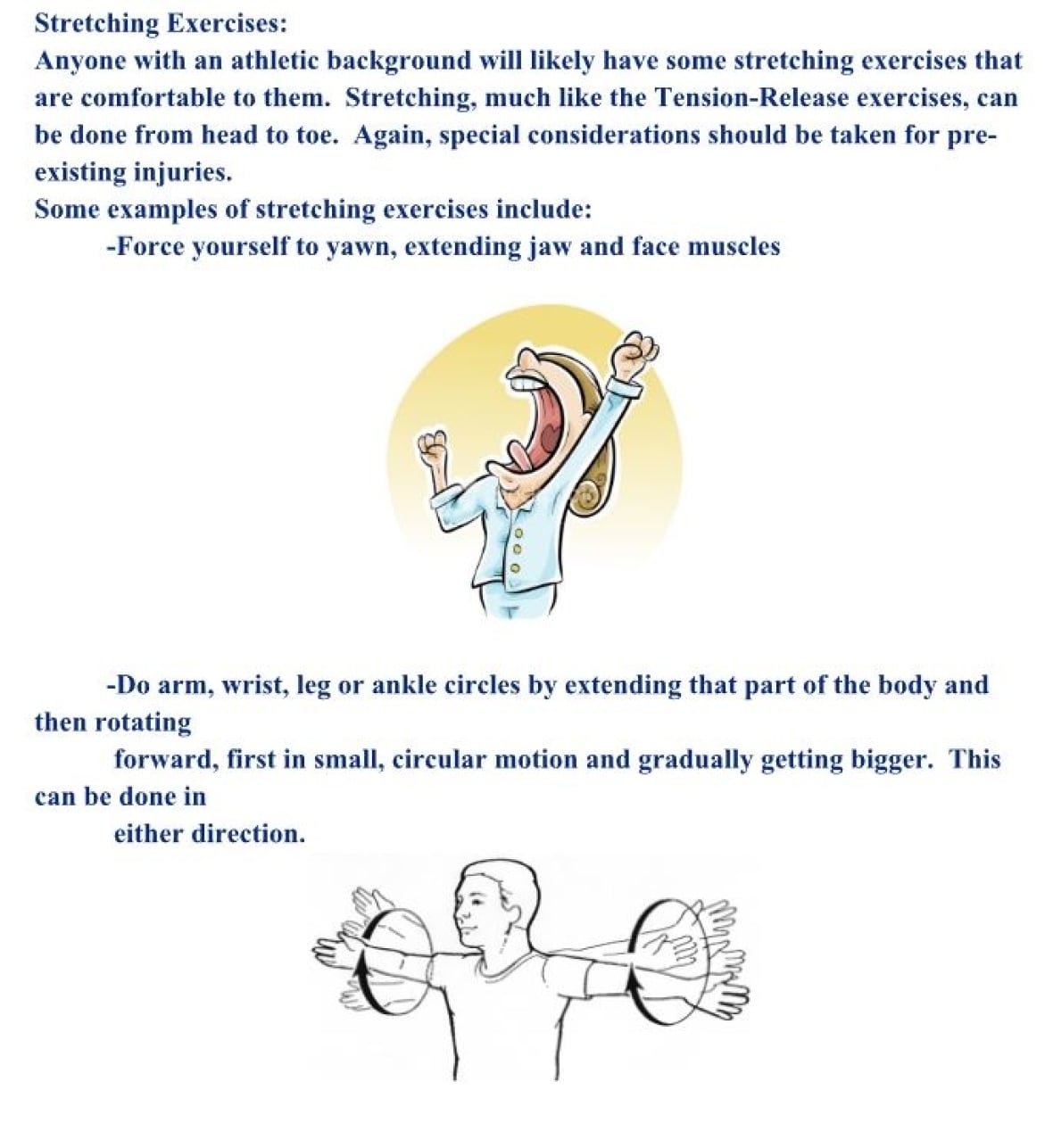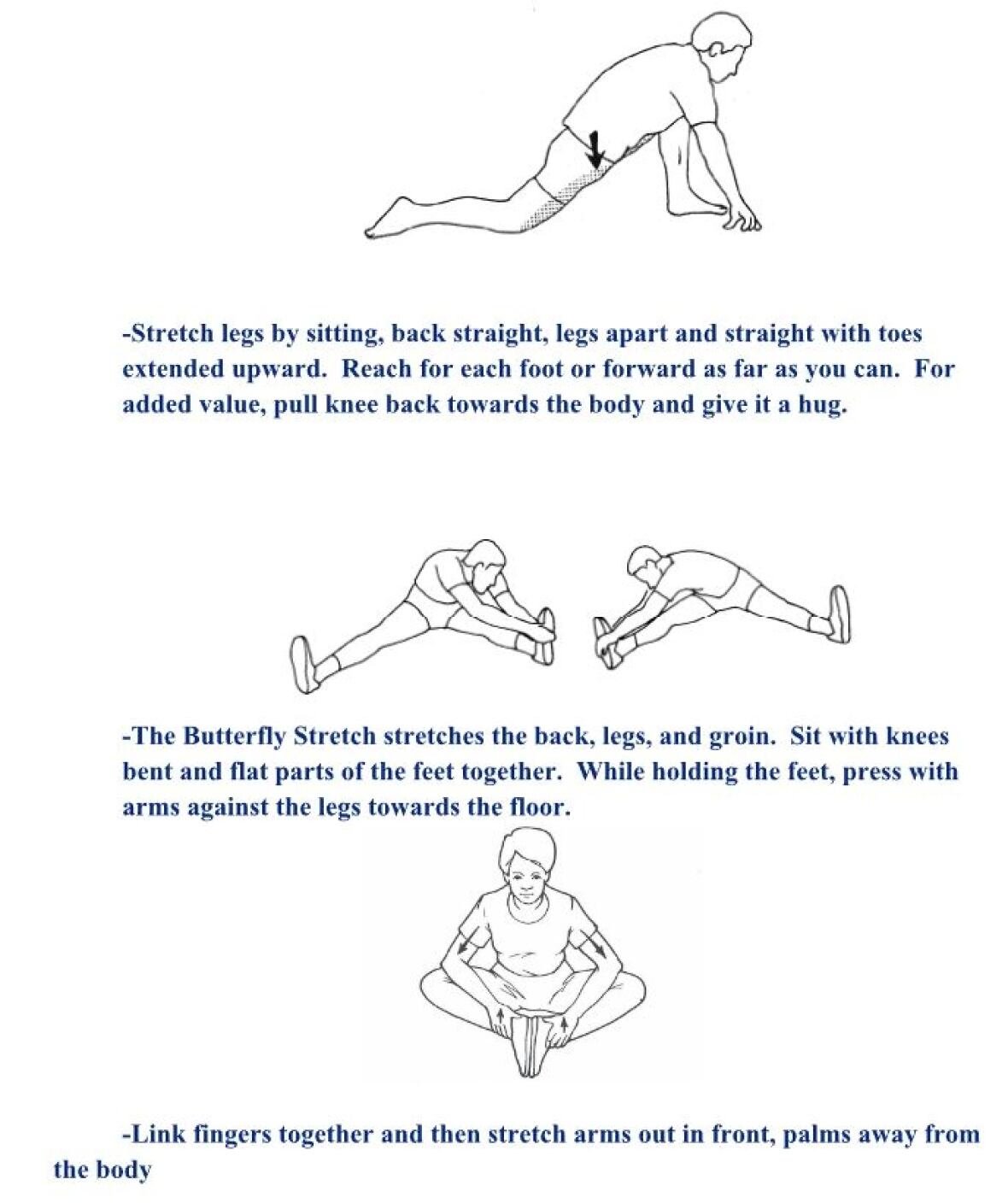New Year’s means resolutions for many. Goals like losing weight, reading more or improving one’s mental health are common, but can be broad.
As we bring in 2025, CBC News spoke with Rebecca Rackow from the Canadian Mental Health Association – Saskatchewan about the best ways to achieve mental health resolutions manageably and incrementally.
The following interview has been edited for length and clarity.

CBC: What can you tell us about the positive or negative effects of making broad New Year’s resolutions?
Rackow: One of the things that we find happens is people make those broad list statements and then when it goes awry, it’s very disappointing. People feel very terrible about themselves for not keeping it up. They look at themselves and say, “look how disappointing you are.” And that’s really just setting yourself up to have those negative feelings, which are actually harmful to you.
What are some manageable things people can do to achieve the mental health goals they have?
This is going to vary from person to person, but one of the things that does help a lot of people is journaling and writing your thoughts. If you struggle with anger or anxiety and you have a bunch of thoughts running around in your head about something that’s upsetting you, it’s sometimes good to put that on paper and then be able to set it away. Some people find regulated breathing and meditation helpful.

Managing mental health is something many people want to work on. But what about people with mental illnesses?
You have to make sure first and foremost that you’re doing what you can medically to manage that, before anything will work. If you have something that can be managed through counselling and medication — like anxiety, depression, bipolar and schizophrenia — it’s very important to do that first. I wouldn’t want people to think that [incremental mental health management] is a replacement for that. But it boosts your mental health.
Can you provide some specific advice for those who do have a diagnosed mental illness?
I would encourage people to learn more about the thing that they have. Doctor Google is not my favourite source, but if you come to the Canadian Mental Health Association or the Schizophrenia Society, there’s a lot of information. Learn about your specific [illness] so that you can understand yourself. Because there’s comfort in that.

What are some ways to focus on the thoughts in your head?
Acknowledge the things in your environment. You think of five things that you can hear, four things that you can see, three things that you can smell and two things that you can taste. And then you feel your breath going in and out. That can make your thoughts more organized. You can also cook mindfully — feel the texture of the food or the ingredients, take in the smells and, you know, really embrace that activity. Or woodworking … any kind of craft where you actually have a finished product. But it’s not about the product that you’re making, It’s about the process. It’s about the journey through it.
What if a person gets down because they haven’t written in their journal for a while or practised mindful activities like that?
I would tell them that they’re doing it for them and not the other way around. So it shouldn’t be able to hurt you. If you miss it, it’s OK. Take a breath and do it the next time you feel like you can. Always remember that it’s your mental health. You are in control of it. It isn’t in control of you.

With anxiety or depression, for example, some people find it hard to leave the house or be social. What would you recommend for them?
Isolation can be the one of the biggest causes of going down some sort of spiral. So try going out and doing something by yourself so that you’re not completely isolated. Go for that walk, go window shopping, walk through the mall by yourself. You’re still keeping that social piece of you interested and excited in the world.
Let’s talk about the benefits of socialization for those struggling with mental health.
That’s big. I think human connection can really bring you into a better space. You can have coffee with a friend, do something quiet if that’s the mood that you’re in. As people become your friends, letting them know some things about yourself. It’s also very good because if you’re spiraling into a space where things like self-harm or suicide come to mind, your friends will be able to notice those things and encourage you to get the help you need.

Say you want to be mindful as you move your body, but at a slower pace than working out. What would you recommend?
One of the things that I hand people when they’re looking for tools is a stretching chart. You can do that pushup against your body and then release. And that release, when you stop, actually is one of those things where it helps you calm down. Like when you clench your fist really hard, right? And then you release it and you’re releasing a lot of the other negative things besides just your fist.



 Newspaper Theme
Newspaper Theme